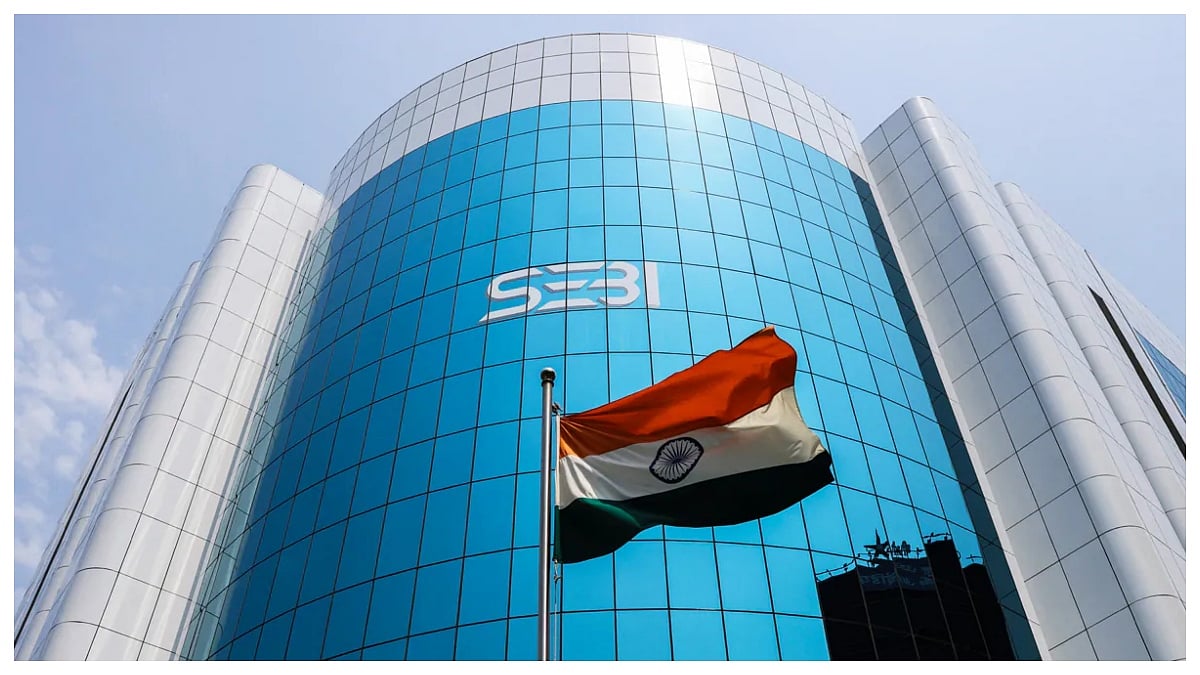The long term repo operation called LTRO is quite a fascinating tool that has entered the monetary arena. The latest monetary policy introduced this concept by which banks can borrow from the RBI at the prevailing repo rate for a period of 1 or 3 years as may be the case in the announced auction. The limit for such operations was put at Rs 1 lakh crore and so far, there have been two auctions with two more in the pipeline. What exactly does this mean?
LTRO is an operation where banks can take money from the RBI at the repo rate which is 5.15% today against collateral of G-secs held and repay the amount after the stated time period. The interest rate does not change during this tenure and hence there is stable cost for the bank. Presently the system is in surplus position where banks are lending to the RBI through the reverse-repo auctions and getting 4.90% at the overnight window or a little more for term reverse repo. They are now borrowing at 5.15% from the RBI and locking into the price for a year or 3 years. How exactly should this make sense?
Banks will look at the average cost of funds, which broadly speaking is the cost of deposits and other borrowings. Today around 10% of deposits come at zero cost being demand deposits. Another 30% is in the form of savings deposits which can cost 3.5% while the balance would be term deposits which cost around 6.5%. The average cost of deposits would be around 4.9-5% while borrowings would be 50 bps higher. With deposits having a share of over 90% in funds, the average cost of funds would work out to just a little above 5.15%. But this may not be the over-riding reason for banks to borrow at a rate which is close to their cost of funds.
It is expectations of the future which matter. Banks would expect rates to be higher especially when the tenure is 3 years. Here it makes sense for them to lock in a price of 5.15% so that the cost gets fixed.
The risk which is taken here is that if the repo rate goes down in the next couple of months, then this would work out to be an expensive proposition for banks as the overall cost on incremental funds would have come down. Therefore, it looks like that the banks which have been bidding for these funds must be the ones which have a significantly higher than repo rate cost of funds. For both the auctions held so far, the bids were 5 times than the amount that was offered at Rs 1.25 lakh crore. Quite clearly both the cost as well as expectations of future movements in rates has gone into the calculation for the concerned banks.
The LTRO also would be a winner for the RBI because it is borrowing at 4.90% from banks through the reverse repo window and lending the same at 5.15% which is 25 bps higher. On a sum of Rs 1 lakh which would have been disbursed through these 4 operations by March 9th, the RBI would have made Rs 250 crore on an annualised basis. These levels could also be increased during the course of the year which will help both the banks as well as the central bank.
This new method of infusing more permanent liquidity is quite novel as it also kind of sets benchmarks for the tenures of other securities in this bracket.
While the amount of Rs 1 lakh crore is too low presently to influence the yields on 1 or 3 years paper, as the amount increases, there will be a tendency for 5.15% becoming another benchmark that will be considered by the market. While this would also assist banks in lowering rates to borrowers in an environment when rates remain stable or likely to increase, it may not have the same effect if the policy rates are lowered in future, as this cost becomes higher.
Presently it does look like that the banks which have bid for the LTRO would be the ones that have a higher cost of funds than the repo rate because in the current environment it does look like there would be further rate cuts during the year with inflation likely to come down amid sluggish growth. There are expectations that the RBI will further lower rates, though the timing is a matter of conjecture. Besides, interest rates hikes are ruled out for sure and hence the cost of funds would be the primary factor driving banks to these auctions.
The writer is chief economist, CARE Ratings.
Views are personal.









